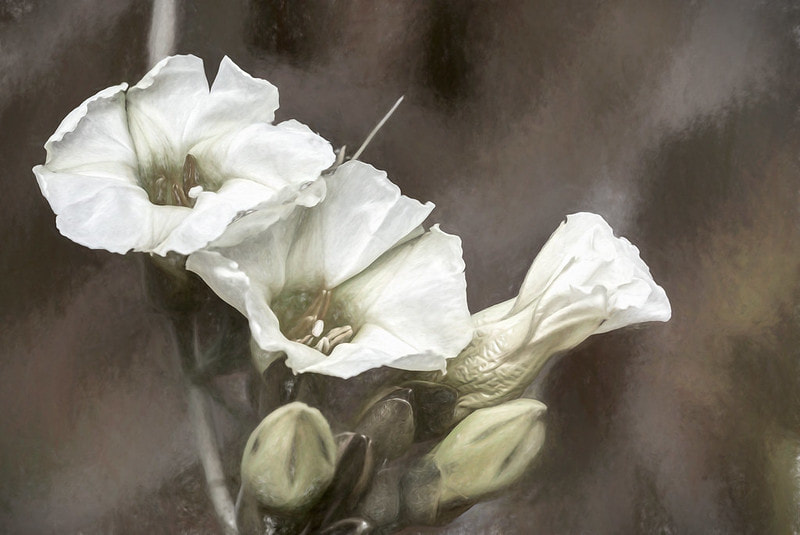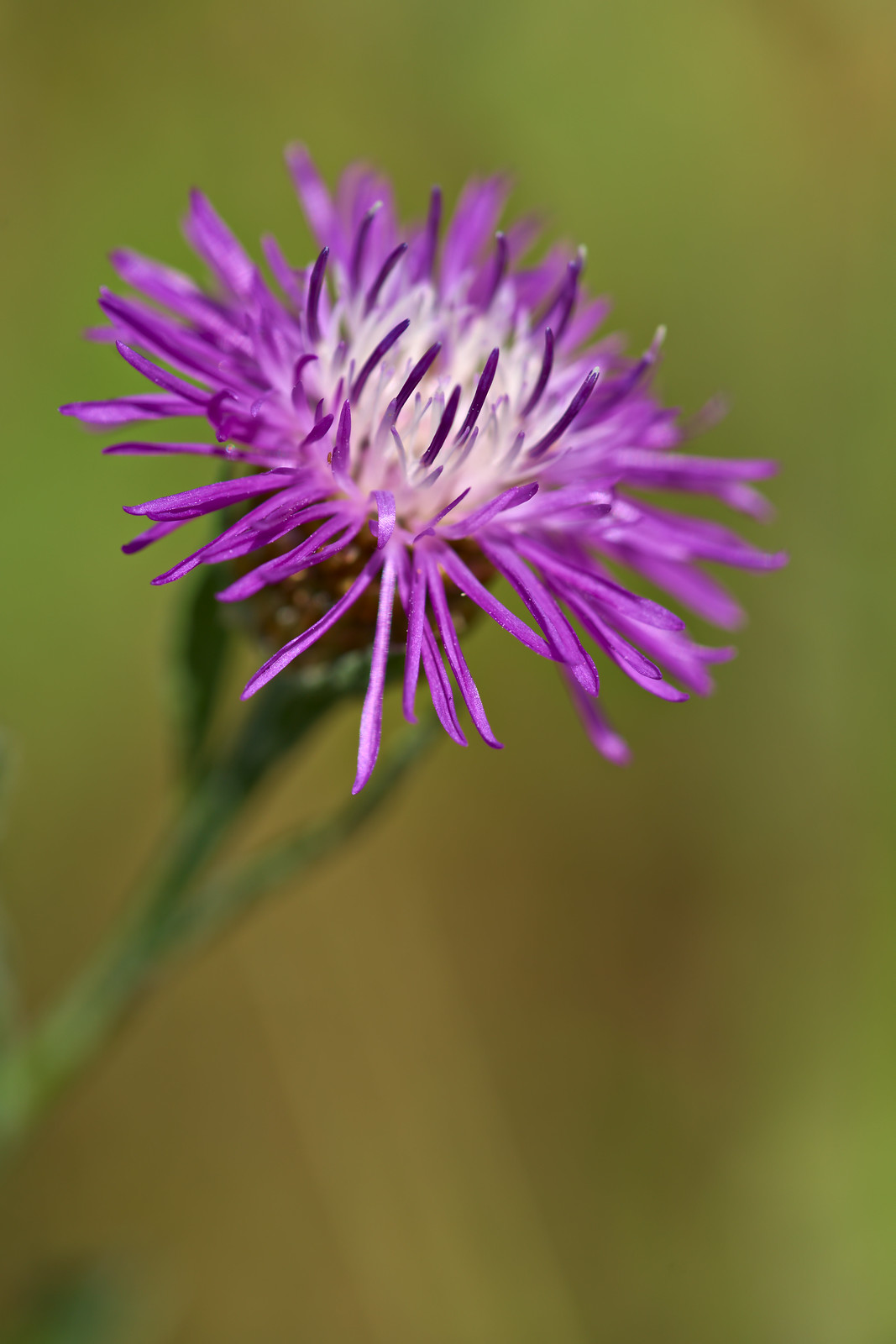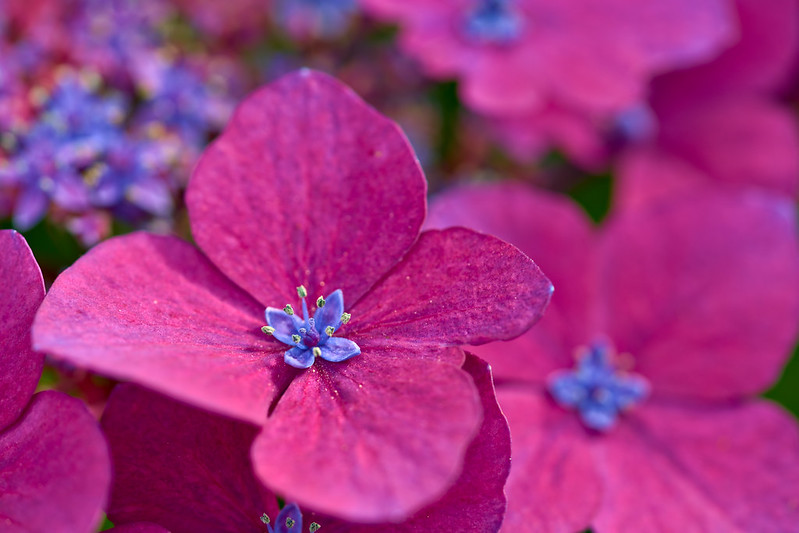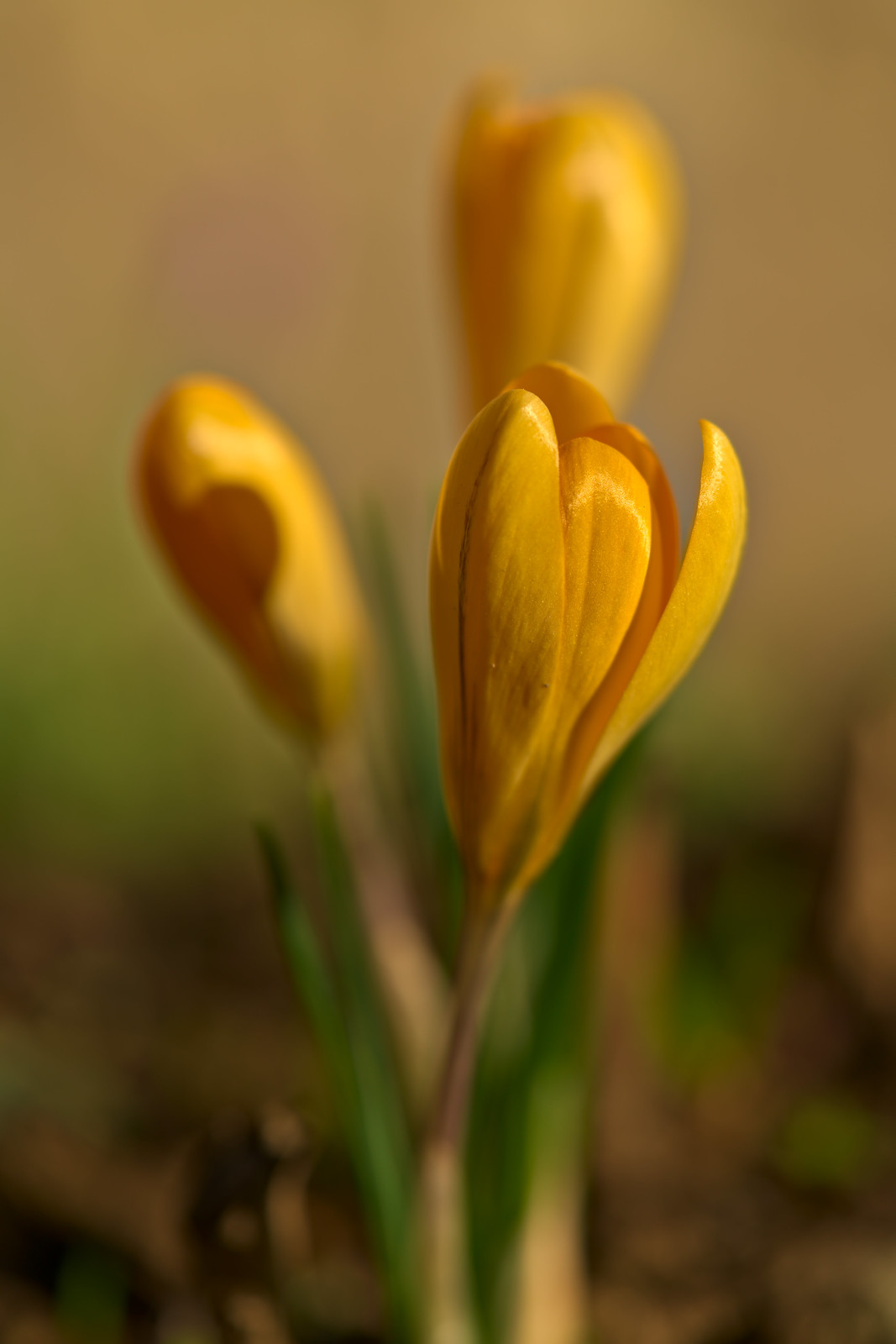Harnessing the Imagination
Carol Rose
Carol Rose is a writer, educator and counselor. She holds an MA in Theology, and degrees in Religious Studies & Education. Carol's poetry appears in several journals including: Prairie Fire, Dandelion, Other Voices, CVII, Parchment, Vox Feminarum, Vintage'96, Women's Education Des Femmes, Canadian Women's Studies, & Zygote. Her essays appear in Canadian and American anthologies, including: Compassion & Forgiveness, Consciousness Rising, Women's Stories of Connection & Transformation, The Therapist's Notebook, Healing Voices, Living The Changes, World's of Jewish Prayer. Carol is the mother of five children and has sixteen grandchildren.
|
I've often wondered about creativity, about that special state that I seemed
to know about, even as a child, when I had to write a paper or prepare a project. I didn't know what to call it back then, or even how to access it. I just knew that if I went to bed and thought about what I had to do, relaxed, daydreamed, or even fell asleep for awhile, that later I would wake up with an idea waiting to be written. I didn't realize that this was a "technique"; in fact, I always felt a little embarrassed about the way I went about doing my assignments. It didn't seem to be "active" enough. It didn't feel like I was "doing" anything. It almost felt like something outside of myself was doing the work. I suppose I was what we would now call a spiritual child, or maybe all children (given the opportunity) are spiritual. In any case, whenever I had to do a creative project, I felt like some kind spirit had joined me and that, with the help of that spirit, I could think differently, see differently, know things in a way that was completely different from the way that I was learning at school. I felt as if I was "receiving" information, not acquiring it through my own efforts. Today, I would probably call this "grace" or "being in the hands of the Divine," though I certainly couldn't name it back then. Because this was such an unusual way of doing things, when my parents asked me how I was doing on an assignment, or if they offered to come into my room to help me, I'd quickly jump up from my bed a little embarrassed and afraid of what they'd think if they saw me just lying in bed and dreaming. This was not anything I felt I could talk to them about; it seemed so out of the ordinary. It also felt a little like cheating, because I wasn't really "doing anything" and still the ideas came to me, fully formed. Years later, in a creative writing course, we were asked to talk about how we prepared ourselves for writing. The instructor mentioned that she often sat with a dictionary, opening it anywhere and just focusing on the words, focusing on their meaning, or on their placement on the page. "A kind of meditation," she said, "I suppose it's a way of turning off the ordinary mind and tuning in." Suddenly, I understood my own childhood strategy, my own private way of tuning in. What a relief! Another person seemed to know about this process, too, and she could name it. She could talk about it as a legitimate way of preparing to write. Nowadays I spend most of my time writing, and although I'm not as innocent as I was back then, in my childhood, I still find myself dreaming or "quieting the mind" prior to the actual act of writing. I now know that this is a very useful technique; a way of centering myself and focusing on the impressions that are stored in my head and in my heart. I've also discovered the usefulness and importance of "turning inward" in other facets of my life as well. For the past 20 years, I have been studying with Jerusalem psychologist and wise woman, Colette Aboulker-Muscat. Madame Muscat, who comes from an illustrious Algerian family of healers and spiritual teachers, learned Jewish Kabbalistic teachings from her grandmothers. She also learned a great deal about neurology while apprenticing with her father, a well-known neurosurgeon. Her formal studies included psychology, physiology, anthropology and philosophy. In Paris, she worked with Robert Desoille, the well known French expert in waking dream therapy. Based on her broad educational background, and on her many years of personal experience, Colette has developed a system of healing which she simply calls "imagery." In North America this type of therapy is often called "visualization," though Colette prefers to call her work imagery, because she believes that ideas can come to us via anyone of the senses, or even several of the senses at the same time. When one quiets the mind to external stimuli, one can begin to perceive with an inner' eye, or an inner ear. One may then "see," "sense," "feel," "hear," or even "know" things, based exclusively on messages from the inside. This technique is often used in healing, and it is especially popular with cancer patients and their families. It can, however, benefit everyone. For just like in dreams, we can receive valuable information from our images, albeit in code. When we learn to attend to our images, to translate them and to understand their messages, then we may find that they help us solve a problem, or cast things in a new light; or they may even show us a new direction. We may be able to frame things in categories that we have never even thought of before. In short, imagery is a systematic meditative technique, not unlike my writing instructor's use of the dictionary, or my childhood strategy of going into bed to relax and reflect. It is a way of shutting down the outer "information gathering mind" in order to get in touch with what the inner self has to offer. Despite the similarities, however, imagery is a very conscious act. It not only quiets the mind, it directs it as well. The people who come to study in Colette's little Jerusalem garden are people with a variety of life experiences and careers. They may have come there because they are artists suffering from creative block, or scientists who have an intuition about their work but cannot seem to get the results that they need using their usual processes. People with grief or trauma-related issues, or those suffering from various illnesses, also find their way to her garden behind the blue gate. Naturally, many of the people who study with her are counselors and therapists, healers from both traditional western and eastern disciplines. What they all have in common is the conviction that we can (and do) know more about ourselves and about our abilities to heal and renew ourselves than we generally are aware of. They come to learn ways in which to access this information. It is not as though they expect Colette to play the part of a guru, rather, they come to discover what it is that they already know, about themselves, about their work, and about their own healing. Mostly, they come to learn the imagery techniques that Colette has developed in her more than 65 years of working with people. What exactly is imagery, and how does it relate to the topic at hand? Perhaps the simplest answer is that imagery is what we humans do when we are called to act in the moment; called by a specific task, event, or situation. We begin with an intention ("I am going to write" for example) and then we sit (or in the case of my child/self, lie down) and focus our imagination, directing it towards what needs to be done. Perhaps we need to give a speech, or write a letter. Perhaps we need to decide what to pack or to wear or to buy. We may be afraid, or we may be looking forward to the choices we need to make. Regardless, we are busy previewing, seeing in advance what we expect will unfold for us in our waking lives. This information may come to us in pictures or in sensations, and it may be a totally unconscious act. As Colette has often said, "images are our first language," and they are speaking to us all the time. The goal of healing imagery is to "harness the imagination," to take this very "human, very natural ability, and to direct it so that it can work for us, in the moment. Otherwise our imaginations will virtually run wild, and that would be a misuse of mental energy that could drain us, or drive us further into our fears. When we learn to harness our images, to direct them, they can become a great source of creativity and healing power. Images can free the mind; release it from old definitions and categories, old limitations and fears. The trick is to become aware, to know that we are always using our imaginations, and to learn ways in which to guide our images so that they can benefit our lives and help us attend to what is essential for us now. During the years that I have worked with Colette, I have learned that change is possible, that healing is possible. I have come to understand that as creatures created in the image of a Divine Creator, we are creative, in fact, we are divine. We can and do affect our own lives and our own well-being. Colette has often said that the model for all change is found in the Biblical story of creation. In that story the Creator has an intention ... It wants to create a new world. In order to proceed with that intention, the Creator must first quiet everything and bring it into a state of wholeness and harmony. It must remove chaos and confusion and make space for the creative process to begin. Once there is space, the Creator can see (as it were) because there is light; because all distractions and divisions have been cleared away. Then the Creator can begin to form an entirely new reality. It can gather all of its energy, all of its power, and it can articulate its intention,"Let us make humans in our image." It is then that the Creator can breathe life into its new creation. The two most essential elements in the creation story, space and light, are vital components of Colette's therapy. Clients always begin with an intention of their own choosing (in Hebrew, a kavanah) which quiets the mind and allows it to focus on what the individual is addressing at the moment. Then a simple breathing technique is introduced, to clear away distracting or competing thoughts. As a result of the change in breathing, beginning with an exhalation and then an inhalation (reversing the habitual order of breathing), the client is relaxed yet totally attentive. As in the creation story, a "clearing away" must take place in order to remove chaos and confusion from the mind, the seat of all creativity and healing. After a cleansing exercise, clients often sense a feeling of clarity or expansiveness. It is then that the actual imagery exercise is offered. Although it is a guided image, the client very quickly takes control of the work. For after all, it is what the client sees, hears, senses, or knows that is of paramount importance. It is the individual's own creative response that is sought in the work of healing imagery. It is the individual's personal insight (seeing from the inside) that is being invited into the process. The overriding belief, in this system, is that each of us knows what is best for us; each of us understands our own life and our own healing. Healing, for Colette, means "coming into wholeness," returning to a state of balance and unity with the Source of all life. It is this wholeness that healing imagery strives to achieve. As I said at the beginning of this article, I've wondered about creativity, about that state that allows us to make something new, something expressive of who we are and how we understand ourselves and our world. I've wondered about our ability to heal and to renew ourselves daily. I use the word wonder not to mean "I am suspicious of" rather, I use it to imply a sense of awe. I am awestruck by our potential for newness, our ability to be receptive to new ways of looking at or discerning life. I wonder at our receptivity, our ability to be open to the Divine flow of energy and light. I wonder at the state of grace that we can place ourselves in. I wonder and I rejoice at the simplicity of it all; a brief intention, a change of breath, an image and, suddenly, we are totally different than we were a moment before. We have changed how we understand ourselves in the moment and, consequently, we have changed how we view our past and how we perceive our future. I think it would be helpful now, to describe the process, and to present an example of a cleansing exercise. The individual would begin by formulating a kavanah, an intention with a direction. She (or he) would sit quietly, in a place where there is the possibility for inner as well as outer peace. Generally, Colette suggests that imagery exercises be conducted three times a day; before breakfast, at twilight and again before bed. I suspect that this is related to the change in light ("seeing things in a new light," as it were). The individual then breathes out slowly three times, beginning with an exhalation. This helps one empty the self of all that is disturbing, toxic, or no longer necessary; imagining these thoughts leaving the body on a thin film of gray smoke. A "cleansing" exercise (one that allows the individual to sense what is crowding the system and keeping it from making necessary change) is introduced. A classic example of this type of exercise is described below: Imagine going down a path that leads to a meadow or forest. While walking through the green, peaceful landscape, see a small branch on the ground. Know that it is there for you to use, and pick it up. The small bough seems to glow in the sunlight. With this small golden branch, begin brushing your body gently, from top to toe. Sense how all that is unnecessary is falling away as you lightly brush your body with the branch. Hear the sound of dead cells falling to the ground, and know that all that is disturbing you, on the inside, is also falling away. When you are finished briskly brushing the body, return the bough to the ground and walk toward the sound of flowing water, coming from the right side of your path. See a lake, brook, river or waterfall, and cup your hands, taking some of the clear, cool water into your cupped hands. Splash the water on your face, neck or on any body part that seems to need it. Take a few sips, feeling the cool freshness invigorate and cleanse your entire body. You may enter the waters, if you wish, to refresh your entire body. When you have completed this cleansing, return the way that you came, passing the small branch left behind on the path, returning to this room, to the chair you are sitting in, knowing that you have renewed and refreshed yourself. Breathe out, and with open eyes, sense the effects of this cleansing on the interior as well as on the exterior body. It is at this point that a specific exercise, directly related to the individual's intention (the individual's kavanah) is introduced. If the chosen work is related to healing, the therapist will use an exercise specifically designed for healing. If the goal is to enhance creativity, the work will be directed toward that end. In either case, the work is evocative, inviting the client to participate fully in her or his own renewal. An attentive therapist may have gathered clues about the client's images from the cleansing exercise, or from the discussion that preceded it. These may provide the therapist with the necessary language to formulate an appropriate exercise, one that is suited to the individual's personal goal. I would like to offer two recent examples, based on the client's own imagery. In the first, the woman describes herself as being in a projectionist's booth. She is watching the same movie repeat itself over and over again. The story seems to be about a cowboy who is "saving everyone." The woman recognizes that she is the cowboy. I ask her if she wants to continue seeing this film. She says that she would like to change it. I then ask her who the projectionist is. She smiles and says that she is the projectionist. I remind her that projectionists often have more than one movie on hand, in case of an emergency. She imagines herself changing the reel and setting up an entirely different film. She says that she has been watching this one for far too long, and that she is looking forward to seeing the new movie. A second client has been trying to get in touch with her creative self, the self that she feels she has put "on hold" while pursuing her academic career. After a general cleansing exercise, she tells me about a woman who she sees walking near her home. She has never met this woman, but has only observed her as she passes in front of her window. The woman is elderly, dressed in a heavy coat and boots. Something about this woman attracts her. She may even remind her of her own mother, she muses. I ask her to imagine the woman passing in front of her window. In the image, the older woman looks up at her. Her look is friendly and welcoming. I then suggest that she ask the woman if she can come out and join her under her coat. She imagines being under the coat. It is large and roomy, and she feels safe inside the coat. I ask her if she would like to put her feet inside the woman's boots, and she does. Immediately she is transformed into a little white mouse or a rabbit. Even though she is inside the woman's clothing, she feels that there is room for her; that the woman has made room for her. She is small and she feels that she is frightened, but protected. She actually feels her body tremble a little, yet she knows that she can do whatever she wants to do under this coat. When the exercise is over, the client says that it reminds her of a previous exercise, where she created a protective circle in which to do her creative writing. The coat reminds her of that image, and reinforces it. She realizes that she does have the space (and the time) to do the type of writing that she wants to do. These insights may not seem dramatic; however, they have brought about a change in perception. Both of these women have sensed something about themselves and their lives. Their images have provoked a light shock, a surprise and, as a result, they are able to proceed with their lives in a new way. They understand that they have choices. Both healing and creativity are states of mind that I have referred to as similar to dream consciousness or perceptual differences. Depending on one's belief system, I could easily have included the word "magic" (if by magic we mean a change in the use and direction of energy). Both of these mental states soften external focus (much in the same way that we soften our eyes when looking at an oil painting) in order to sharpen internal awareness. They permit us to move out of ordinary consciousness, out of our habitual ways of looking at or doing things in our lives. They seek to align the self with the timeless Eternal Source, whether that power is called God, Divine Feminine, truth, angel, muse, or inner wise one. As described in the exercises, they require a "letting down," a release of the logical and linear ways in which we generally tend to operate. They encourage us to make new associations, to release the hold of the past on our current thinking. They remind us that we have the power to remember; to put our lives together in ever new and changing patterns. Although most of us do this quite naturally and quite often, we often do so unaware. The hope of this article is that we will recognize healing and creativity: a) as similar states of mind b) as legitimate alternatives to our usual mental processes c) as useful techniques that we can direct, invoke, or "harness" at will, in order to access the power and the energy that we each have in guiding our own lives. |






























